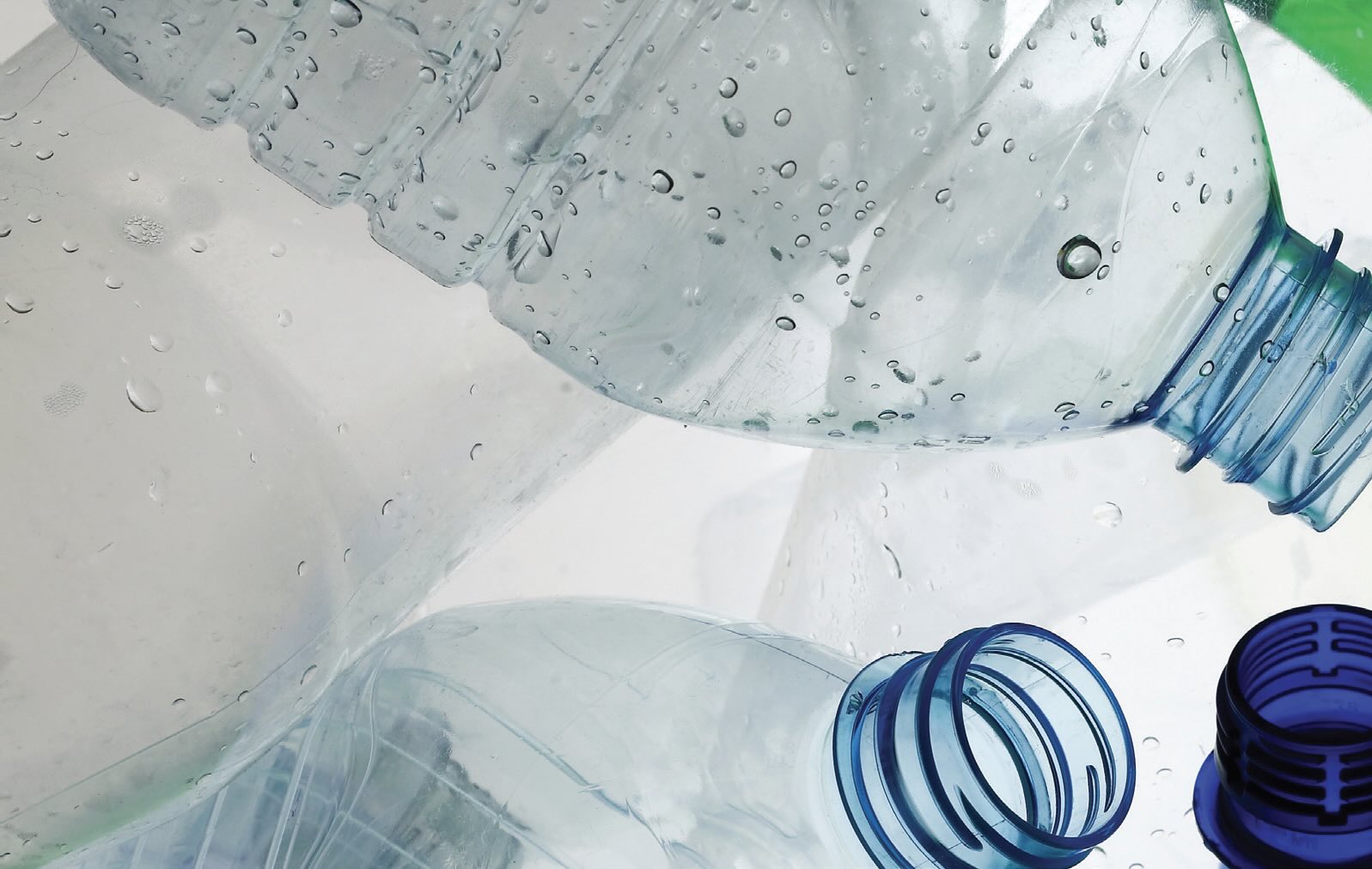Revisiting PFAS
By Don Smolenski, Contributing Editor | TLT Machinery August 2025
PFAS’ effects on human health and the environment have put their continued use under increased scrutiny.

I’ve already written two TLT columns about PFAS, but there seems to be much recent discussion about them in the news, and there’s probably the need for some clarifications. Hence, I’m revisiting PFAS. First, to be fair, we have to understand that PFAS are not a single compound but a family of potentially thousands of per- and polyfluoroalkyl substances that we are talking about. Perflurooctanoic acid (PFO) and perflurooctane sulfonate (PFOS) are two examples.
PFAS were very useful chemicals in the 1950s and 1960s, being used in many applications, often to make materials resistant to stains, water and grease, and also imparting non-stick properties to pans and food packaging products. They were also used for waterproofing clothes, firefighting and in waste treatment. PFAS were generally considered to be inert, but in recent years it became reluctantly clear that they are toxic and persistent in the environment (the fluorine-carbon bond is very strong!). One of the sentinel events occurred in Maine when a farmer was using wastewater sludge from mills that make and/or use PFAS to fertilize his fields where cattle grazed. The Maine Department of Agriculture tested milk from dairy farms in 2020, and one PFAS was found at concentrations 150 times higher than state regulations permitted!
1
Why are PFAS a concern? They have been found to be toxic and persistent in the environment. In 2022, Consumer Reports tested food packaging products from U.S. restaurants and supermarkets and found dangerous PFAS chemicals in many of them.
2
In 1998, a West Virginia farmer raised concerns about the effects that pollution from a nearby factory had on his cattle. This led to a class-action lawsuit alleging that this contamination—with the PFAS chemical PFOA, also known as C8—could be affecting about 70,000 people who used water from the same polluted source.
3
Their effects on human health and the environment have put their continued use under increased scrutiny. Previous Consumer Reports tests found PFAS—per- and polyfluoroalkyl substances—in drinking water and bottled water,
4 and even in dental floss! They also found certain PFAS in nonstick cookware. When food packaging contains PFAS, they can migrate into food. Other products, like stain-resistant carpets, can leave PFAS in household air. Once products containing PFAS are thrown away, PFAS can leach out in landfills or be emitted from incinerators The U.S. Environmental Protection Agency (EPA) recently announced that they are setting the first enforceable nationwide limits on certain PFAS in drinking water.
5 The agency estimates that these limits are far stricter than the non-enforceable levels the agency previously used. The EPA says these new limits are the strictest that are feasible, but acknowledges that even lower levels may still pose health risks!
6
This regulation appears to be challenged recently, so stay tuned. For decades PFAS manufacturers have had information indicating that the chemicals may harm human health, according to reporting from the Environmental Working Group.
7 But for the first six decades that PFAS were in production, many people, health experts included, thought that potential harms were specific to workers exposed to the chemicals on an industrial scale, and not to the general public.
The resulting settlement led to the creation of the C8 science panel,
8 which between 2005 and 2013 assessed links between exposure to PFOA and a number of diseases. I personally am very much concerned by their presence in many beers! More on this in the next TLT Machinery column.
REFERENCES
1.
www.maine.gov/dacf/ag/pfas/pfas-response.shtml
2.
“Dangerous PFAS chemicals are in your food packaging,” Consumer Reports, March 24, 2022.
3.
www.sciencefriday.com/articles/dupont-bilott-book-exposure/
4.
www.consumerreports.org/water-quality/whats-really-in-your-bottled-water-a5361150329/
5.
“EPA sets legal limits on PFAS ‘forever chemicals’ in drinking water.” Consumer Reports, April 10. 2024. Available at
www.consumerreports.org/water-contamination/epa-sets-legal-limits-on-pfas-in-drinking-water-a5754551229/.
6.
www.consumerreports.org/water-quality/even-extremely-low-levels-of-pfas-in-drinking-water-unsafe-a1147585461/
7.
www.ewg.org/research/decades-polluters-knew-pfas-chemicals-were-dangerous-hid-risks-public
8.
www.c8sciencepanel.org/
For Further Reading
1.
“Forever chemicals,”
Chemical and Engineering News, February 2023, p. 88.
2.
“More on forever chemicals,”
Chemical and Engineering News, February 2024, p. 72.
3.
“The challenges of going pfas-FREE,”
Chemical and Engineering News, May 2025, p. 25.
4.
www.consumerreports.org/toxic-chemicals-substances/how-pfas-can-harm-your-health-a6737335634/
5.
“PFAS ‘forever chemicals’ detected in 95% of beers tested in U.S.,” ECOWATCH.
6.
“How to avoid PFAS,” Consumer Reports, May 5, 2022. Available at
www.consumerreports.org/toxic-chemicals-substances/how-to-avoid-pfas-a8582109888/.
Don Smolenski is president of his own consultancy, Strategic Management of Oil, LLC, in St. Clair Shores, Mich. You can reach him at donald.smolenski@gmail.com.